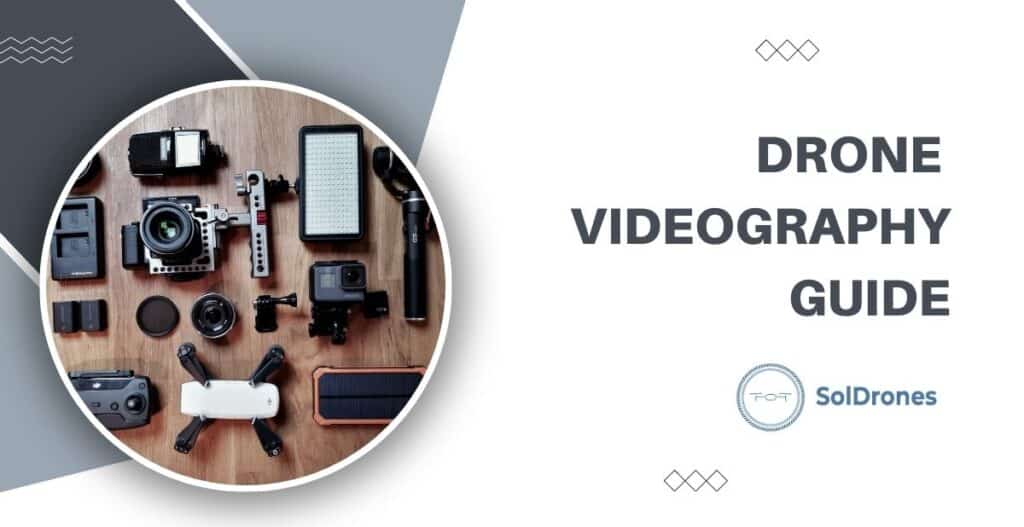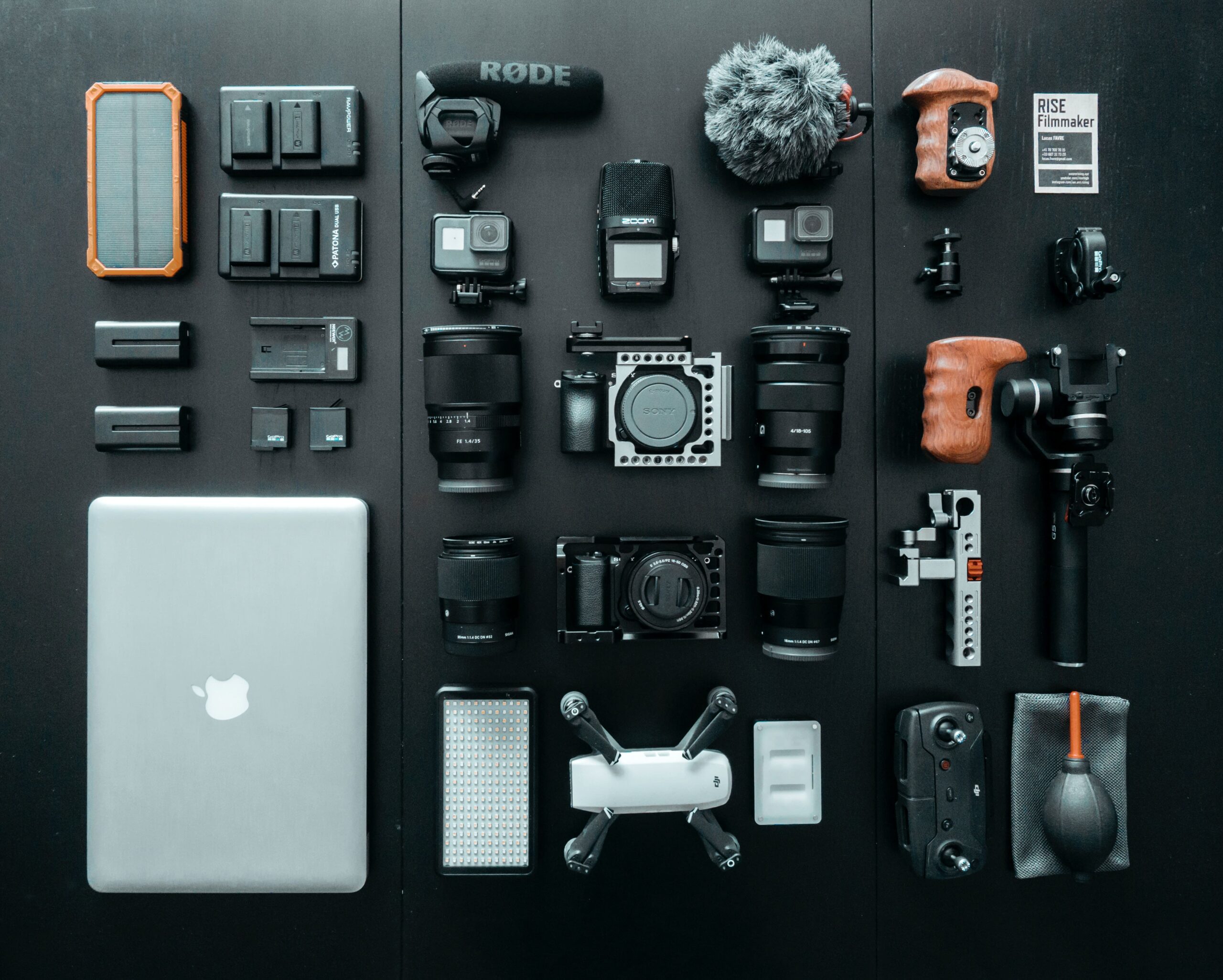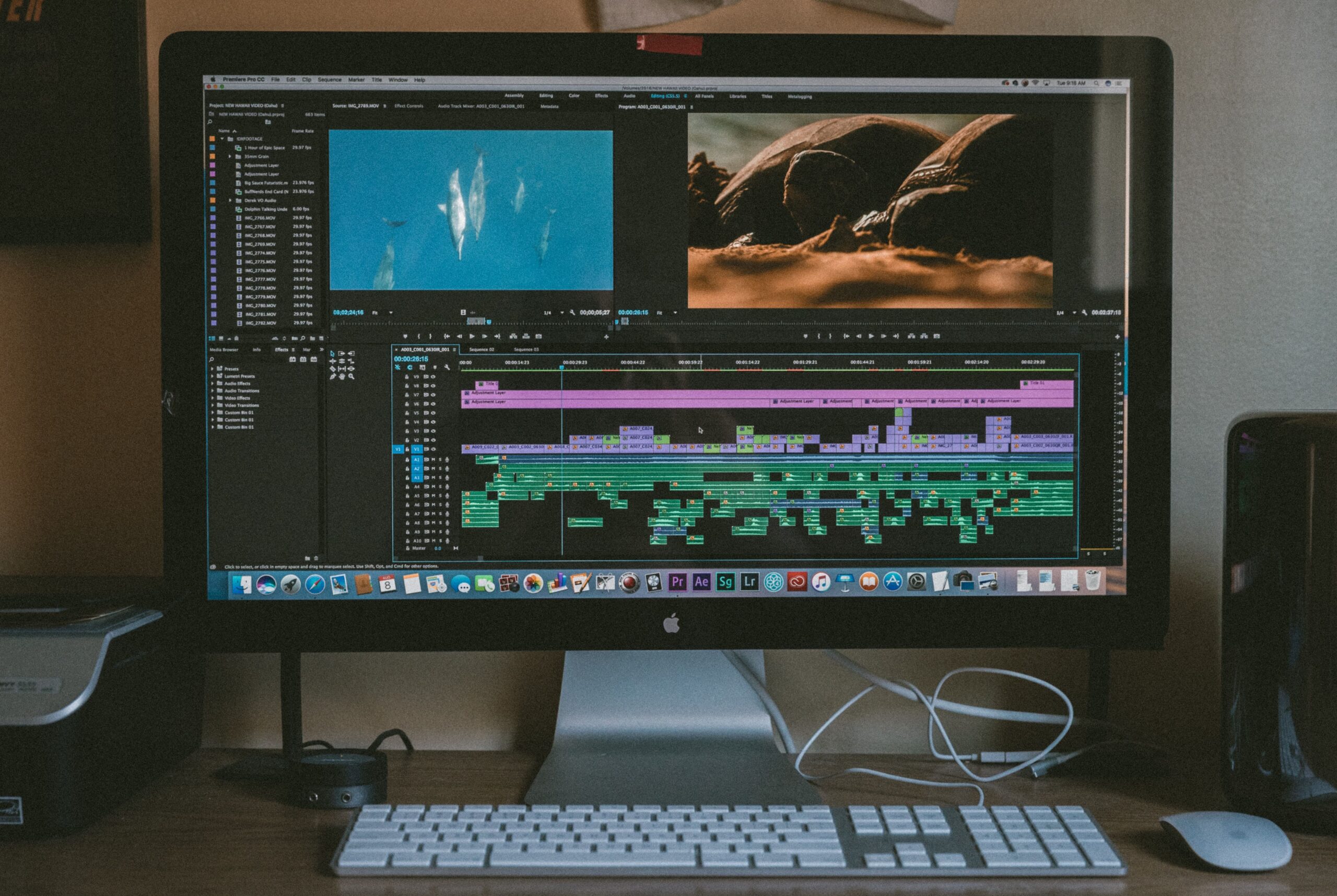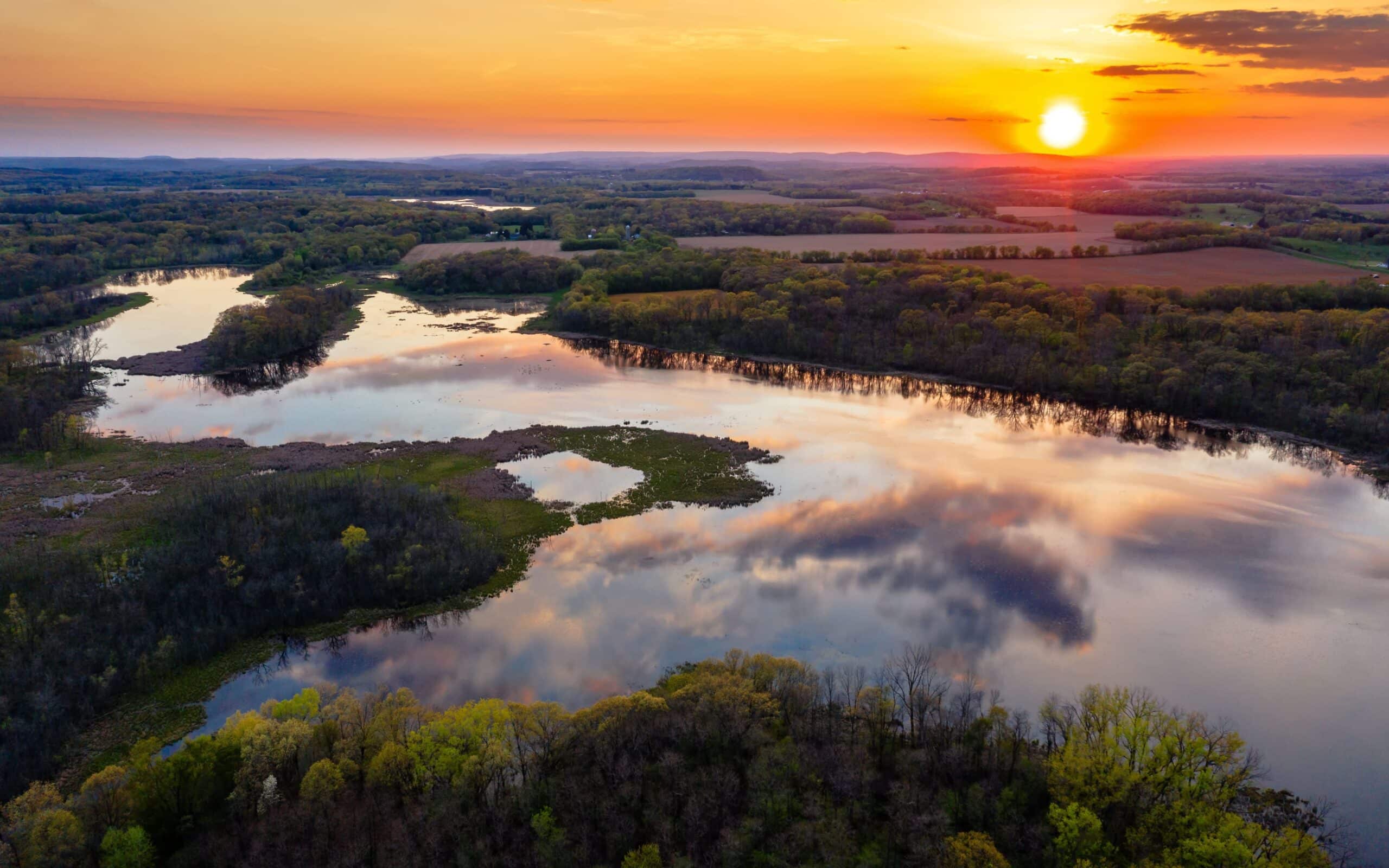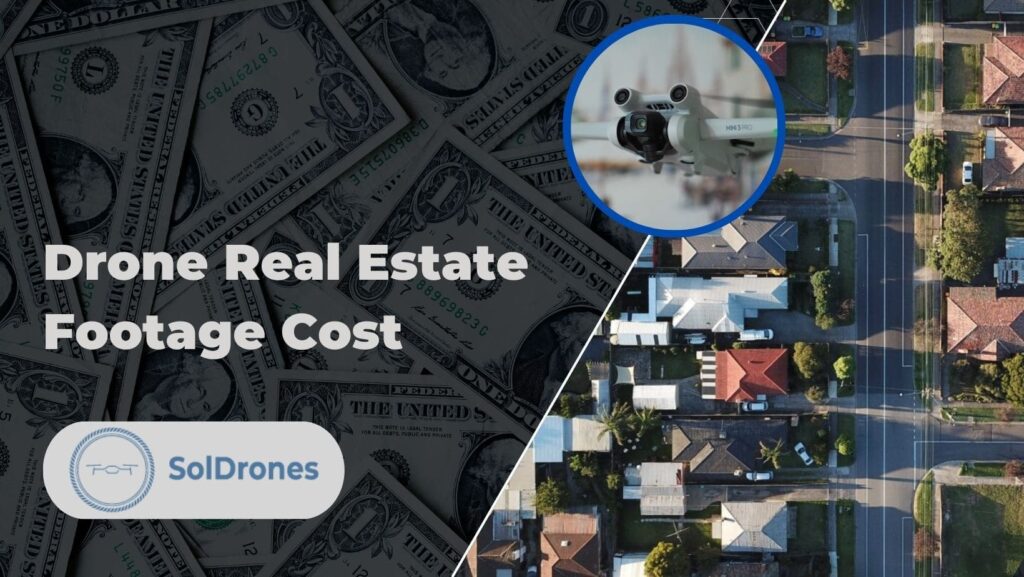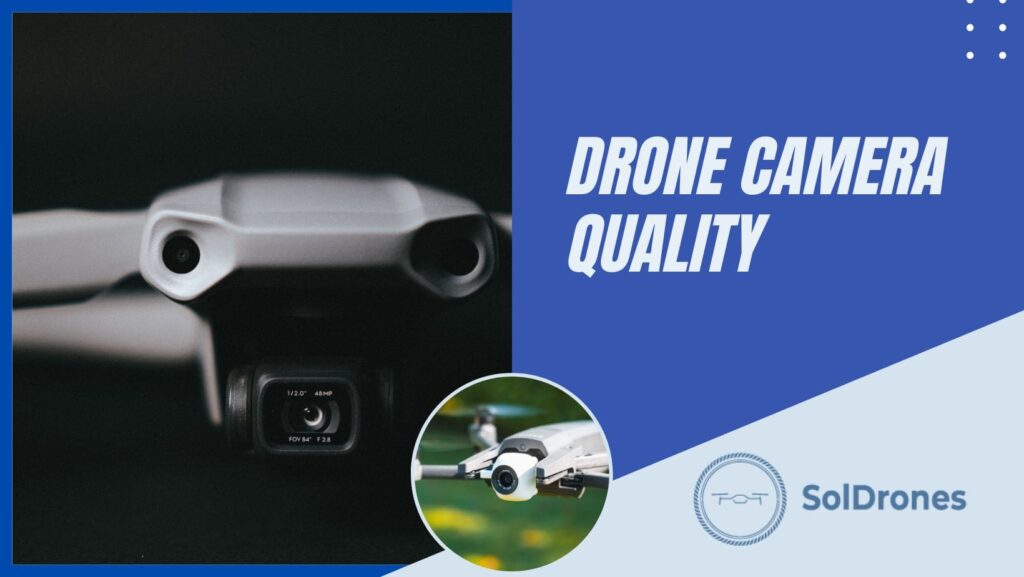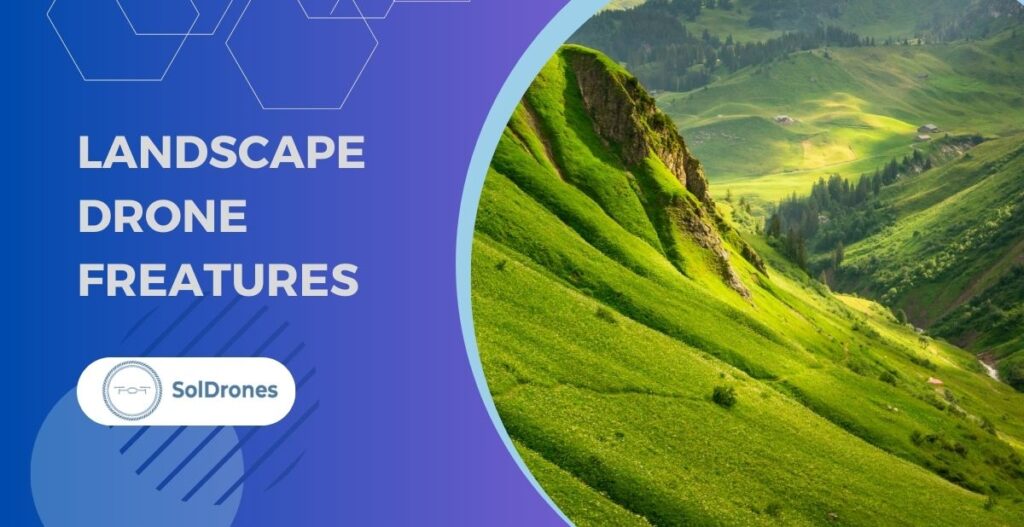Drone videography is becoming incredibly popular throughout social media, movies, and industries that rely on aerial videography. If you’ve ever seen an extreme sports video – such as kiteboarding, mountain biking, or snowboarding – captured with a drone, you’re well aware of how attractive this content can be.
If you’re an avid drone videographer or are just figuring out the space, we’ve created this guide to help you succeed by better understanding examples of what drone videography entails, how to monetize your drone videography business, and tips and tricks to keep your drone business operational.
Article Highlights:
- Drone videography can be a very lucrative field for drone pilots
- A few of the top 10 tips include understanding laws & regulations, obtaining the right equipment, and filming with proper lighting
- Starting a drone videography business is much easier than most drone pilots are aware
To start, we’ve created a basic definition of what drone videography is:
Drone videography is the art and science of capturing aerial video footage from a drone, or unmanned aerial vehicle (UAV), and then editing the video content for viewing. Drones are equipped with cameras and gimbals that provide the drone operator with the flexibility of maneuvering through the skies like a bird, capturing unique perspectives that aren’t achievable from the ground or tall structures. In many ways, drone videography is replacing aerial videography that was previously captured by helicopter or aircraft.
In today’s world of “video-first” content, the limitless feeling that’s created upon viewing drone footage is almost addicting. Drones can capture breathtaking landscapes, towering skylines, and bird’s eye view perspectives that are mesmerizing.
The trend of drone videography appearing throughout social media, movies, and other marketing material will only continue to become more ubiquitous in the future. So if you enjoy the art of capturing stunning drone footage and the science of video editing, business opportunities await!
10 Tips for Drone Videography
As the popularity of drone videography continues to soar, it’s no surprise that more and more drone pilots are taking to the skies to capture stunning aerial footage. Whether you are a drone enthusiast capturing stunning drone video content as a hobby or a professional drone videographer accelerating your business through amazing aerial content, mastering the art of drone videography is essential to creating high-quality content. With the right techniques, equipment, knowledge, and skills, you can capture and create stunning aerial videos with your drones that viewers can resist. We’ve compiled the top 10 essential tips for drone videography that will help you capture footage that is both visually striking and technically sound. From mastering the art of planning your flight path to editing your footage with care, these tips are designed to help you take your drone videography to new heights.
1. Check the Weather Conditions
This is a rarely overlooked step for expert drone pilots, but before you fly, be sure to check the weather conditions. The wind is typically the most dangerous and unexpected flying conditions that you’ll want to avoid, unless you’re filming wind sports like kiteboarding. Additionally, some clients will request that footage be captured on sunny, well-lit days, so be sure to address these requirements if you’re working on a client project.
2. Plan Ahead
Plot out where you’ll be flying, what obstacles might exist, and develop a plan to avoid potentially damaging your drone while you’re flying. It’s also worth the time to do a few dry runs to ensure your drone videos are as crisp as they can be when you’re recording the real thing.
3. Understand All Laws, Regulations, and Guidelines
Depending on where you’re flying, there are laws and regulations that you must abide by when flying objects in the airspace. In the U.S., for example, it is important abided by the Federal Aviation Administration (FAA) regulations when flying your drone. This includes registering your drone, flying only in designated areas, adhering to height and distance restrictions, and more. Failure to comply and abide by such legal standards could result in unwanted consequences, such as getting your drone business shut down.
4. Use the Right Equipment
Using the right equipment is essential for capturing high-quality footage. Consider investing in a drone that is capable of shooting in high resolution and has a good camera stabilization system. Don’t forget your memory card either, and make sure you have enough storage before arriving at the sight. In addition to the drone you bring, there are several other key pieces of equipment you’ll want to bring, such as neutral density (ND) filters, which can help reduce the amount of light entering the camera, thus improving the quality of the footage. Then, there’s safety equipment, such as a landing pad.
5. Keep Your Drone in Sight at All Times
This is a relatively basic rule that’s also stated by the FAA, but you must keep your drone within the range of eyesight. Make sure to keep your drone in sight so you don’t end up flying in restricted airspace, crash into object, or lose your drone if there’s a system failure. For example, if you’re flying your drone in high winds and a gust of winds blows your drone into a tree, and you were flying your drone out of sight, you might have trouble finding it, particularly if the drone’s location devices are damaged.
6. Use a Gimbal or Stabilization System
Use a Gimbal or Stabilization System Similar to keeping your drone in sight, a drone’s gimbal or stabilization system is what allows you to capture smooth, uninterrupted footage. Most drones come equipped with high-quality gimbal systems, but if you’re buying a drone specifically for drone videography, make sure you research the gimbal system. Gimbals drastically reduce the amount of shakiness and movement in your video and are critical for producing high-quality drone videos. It will also help simplify the post-production editing process if you’re using drone video editing software like Adobe Premiere Pro or Final Cut Pro.
7. Lighting Conditions
The lighting conditions ultimately depend on your needs and/or the needs of the client you are servicing, but the lighting conditions can make or break the content you created. For example, if you shoot on an overcast day around dusk, the quality of the video content will likely be significantly less visually appealing than if you shot on a sunny day during golden hour. Golden hour is considered the hour after sunrise and the hour before sunset, as is often considered the best hour to capture photos and videos.
8. Camera Angles and Movements
Drone videography has a steep learning curve, and one of the things you’ll discover is that the camera angles and movement of the drone can greatly affect the quality of the content you create. The highest quality video content typically comes from the best angles and the smoothest camera movement. It’s a bit of an art and a science, so don’t be afraid to experiment with different camera angles and movements to get the shots you want. A few angles to try include panning, tilting, and using different heights to capture interesting footage.
9. Shoot in High Resolution
Most drones provide the ability to adjust the camera settings too high resolution, which is one of the most powerful features available for videography. Shooting in high resolution will give you more options when it comes to editing and post-production. Aim for at least 1080p, but consider shooting in 4K if your drone is capable. Most TV shows are not shot in any higher than 108p, but most movies nowadays are shot in 4k or higher.
10. Edit Your Footage Carefully
Editing is a crucial part of creating high-quality drone footage. Professional drone videographers are well aware of how long editing drone video content can take. Certain aerial shots require adjustments to the contract, colors, and other settings offered in video editing software. Make sure you leave yourself ample time to edit the content you create. If you’re faced with a tight deadline and don’t leave yourself enough time to edit the project properly, you could end up with low-quality, rushed results.
Understanding these tips will help you succeed as a drone videographer in any industry. As the market becomes more and more competitive, it’s important to be able to distinguish yourself from others and create a brand for yourself that resonates well with your customers. Aerial drone videography is challenging, but very rewarding when done right.
Best Drone Video Editing Software
As mentioned in the previous section, if you’re a drone videographer, you’re well aware that capturing footage is only half the battle. The other half is editing that footage into a polished final product that meets your client’s needs, or if you’re creating content for yourself, satisfying your creative vision promptly. In general, video editing is challenging, and there are many mistakes that you can run into, such as adding jump cuts, incomplete transitions, inconsistent graphics, and more.
Fortunately, there are plenty of video editing software programs on the market that are specifically designed for drone videography.
We’ve identified several drone video editing software programs along with their advantages and disadvantages, so you can easily evaluate which program makes the most sense for you.
1. Adobe Premiere Pro
Adobe Premiere Pro is one of the most popular video editing software programs on the market. It offers a wide range of features, including support for 8K video, advanced color grading tools, and powerful audio editing capabilities. The downside of Adobe Premiere Pro is that it can be quite complex to use, and it requires a powerful computer to run smoothly. Understand that if you’re using Adobe Premiere Pro, it will take some time to learn the software efficiently and that once learned, you’ll find it very powerful.
2. Final Cut Pro X
Apple has always been a leader in the video editing space. Final Cut Pro X is a video editing software program that’s a friend to Mac users, specifically, as it has a very familiar and simple interface. There are a range of features that support for 360-degree video, advanced color grading, and other video editing tactics. If you’re not a Mac user, this software may not be for you. Additionally, it can be rather expensive.
3. DaVinci Resolve
While not as common as Adobe Premier Pro and Final Cut Pro X, DaVinci Resolve is easy to use and has features like a wide range of advanced features, including support for high-end cameras and color grading tools. DaVinci Resolve offers a free version with limited features, but allows you to add color corrections, visual effects, motion graphics, and more. It’s a great option for beginners and has been noted to be rather simple compared to other video editing software out there.
4. iMovie
Also created by Apple, iMovie is a free video editing software program designed for Mac users. iMovie’s basic tools make this platform very easy for beginners. It’s also free, so it will save you some money. There are limited features with iMovie, but it’s worth giving it a shot if you’re on a budget.
There are plenty more drone video editing software programs out there, so be sure to spend some time analyzing the market to find a program that makes the most sense for you. These programs allow you to edit the most critical elements of your content, as well as aspects that might be overlooked like quality loss, color correction, adding filters, and more.
Best Drones for Drone Videography
With hundreds of drones to choose from, it might be overwhelming to identify the best drone to use to capture high-quality video footage for your business or your enjoyment. Many drone videographers end up having multiple drones for different occasions, but if you’re just standing off and can only afford one, we’ve narrowed down a list of our top 3:
1 DJI Mavic Air 2
The DJI Mavic Air 2 is an ideal drone for a hobbyist looking for a portable, easy-to-use drone that’s capable of capturing high-quality footage. With a 4K60 camera and 48MP sensor, the Mavic Air 2 is one of the leading drones in its price range. The DJI Mavic Air 2 has a 3-axis gimbal that provides smooth and stable footage. Some key features include, quit shots, Hyperlapse, Spotlight 2.0, and Active track 3.0.
2 Skydio 2
The Skydio 2 is a favorite among professionals due to its advanced features and high-quality camera. It has a 4K camera with a 1/2.3-inch sensor, 12.3MP photo capability, and a 3-axis gimbal. It also has obstacle avoidance sensors and can follow subjects while avoiding obstacles autonomously, which is crucial when filming sports and action videography. The Skydio 2 is also relatively simple to fly.
3 Freefly Alta 8
The Freefly Alta 8 drone is the cream of the crop for professional drone videographers. It is a heavy-lift drone that can carry a professional cinema camera like the RED Epic or ARRI Alexa Mini. It has a maximum payload capacity of 20 pounds and can fly for up to 35 minutes. It also has a 3-axis gimbal for stabilized footage. The Freefly Alta 8 is designed to perform and is a great drone for serious drone videographers.
Drone Videography Business
Drone videography allows people to explore the world from vantage points that would otherwise be impossible. Just like flying above your home city from an airplane for the first time, seeing the landscape from a different perspective is enlightening.
Aerial drones unlock new perspectives that provide a holistic visual representation of the scene, and this helps with visual storytelling. Because of this very effect, drone videography has become very popular across a range of industries, from real estate and tourism to film and television production.
In its most basic form, drone videography businesses use drones to capture aerial video content for clients.
Note: this is not the only way to make money through drone video footage, as some drone entrepreneurs create multiple income streams with the content they create by promoting the content across social media, gaining royalties from a stock website, and more.
Typically, a drone videography business leverages a drone to capture aerial footage for clients, and in most cases, is a service-based business model exchanging videos captured via drones for money. Because of the extensive editing that’s involved with multiple takes of drone footage, many drone videography companies offer to edit packages for clients. Alternatively, clients can receive the raw video captured by the drone pilot and outsource the editing to the video post-production entity.
As you can imagine, the process of purchasing a drone, learning how to fly it, and abiding by all the legal regulations is significantly more difficult than hiring a drone pilot or commercial drone business that can capture the required footage in a matter of hours. Drone pilots offer tremendous value to clients because of the aerial videos they’re capable of capturing.
How to Start a Drone Videography Business
If you’re ready to start your commercial drone business, first of all – congrats! We’re excited for you and wish you the best of success as a drone entrepreneur. Just like any business, there will be challenges that you will face, but with the right insight and strategies, you can overcome these challenges without a doubt.
To help guide you along your way to running a successful commercial drone business, there are 6 common steps included in a commercial drone business plan:
- Research
- Legal Requirements
- Niche
- Business Setup
- Marketing
- Scaling Your Commercial Drone Business
Check out our guide to learn more about How to Start a Commercial Drone Business to learn more and ensure that you’re on the path to success.

